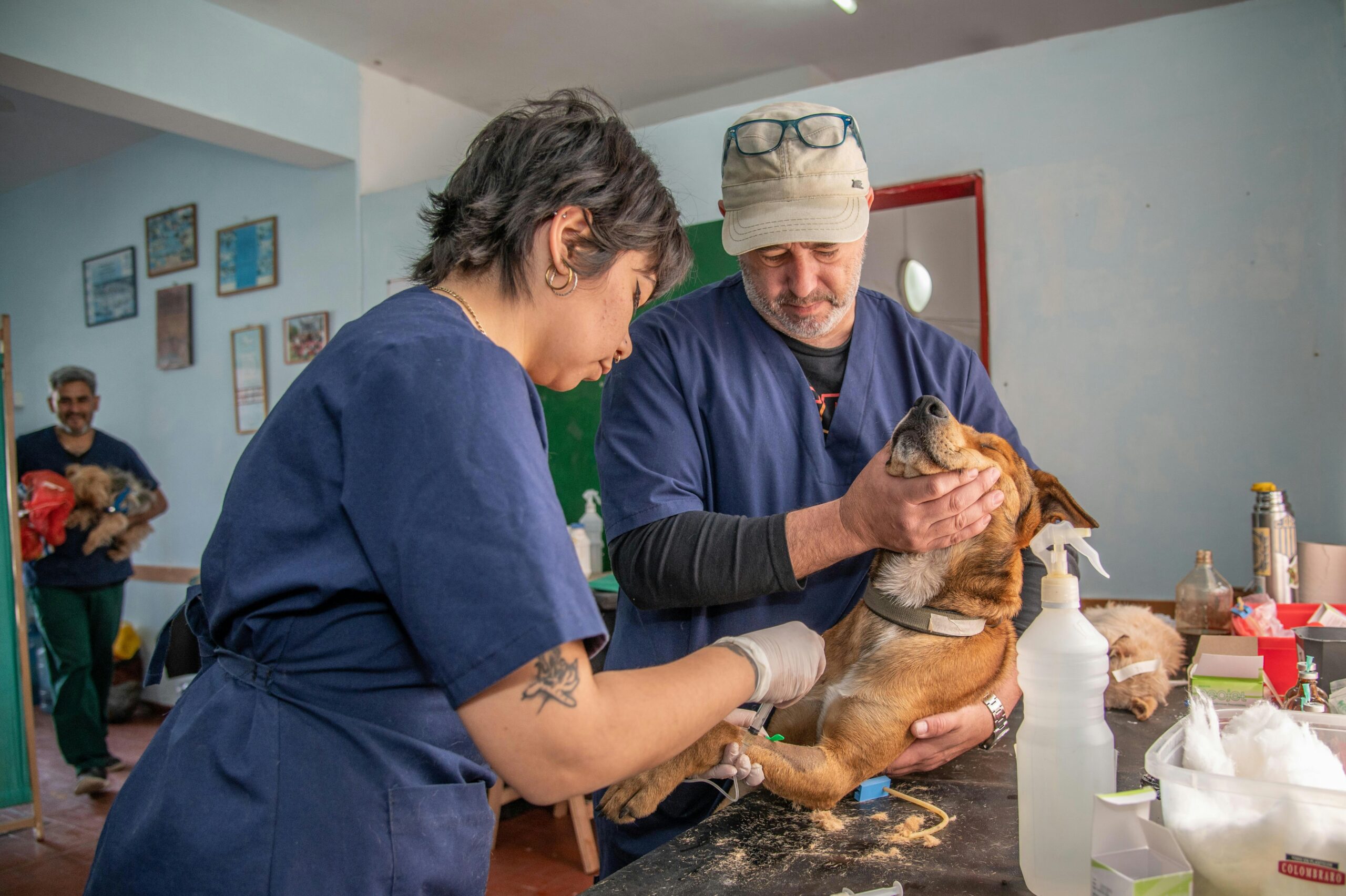
Animal-assisted therapy (AAT) is gaining recognition as a powerful tool in promoting physical, emotional, and mental healing. As healthcare evolves to include holistic approaches, more professionals are embracing the therapeutic bond between humans and animals. From calming anxiety to aiding physical rehabilitation, the presence of animals in therapy sessions provides remarkable benefits that traditional treatments alone may not achieve.
What Is Animal-Assisted Therapy?
Animal-assisted therapy involves guided interactions between individuals and trained animals to support recovery and improve overall well-being. These animals, often dogs, cats, horses, and even rabbits or birds, are specially selected and trained to provide comfort and emotional support. Unlike service animals that assist with daily tasks, therapy animals work alongside healthcare providers to enhance therapeutic outcomes.
These sessions are goal-oriented and structured, led by licensed therapists or trained professionals. The aim is not simply to spend time with an animal but to use the interaction to meet specific therapeutic objectives. Whether it’s helping a child with autism develop social skills or assisting an elderly patient with dementia recall memories, the presence of animals can facilitate progress in ways traditional methods sometimes cannot.
Emotional Healing Through Animal Bonds
One of the most profound benefits of animal-assisted therapy is its impact on emotional well-being. Many people experience a deep sense of calm and happiness in the presence of animals. This emotional response can be constructive for those dealing with depression, anxiety, trauma, or stress. Animals offer a nonjudgmental presence, which can be comforting for individuals who struggle with trust or communication.
For example, individuals with post-traumatic stress disorder (PTSD) may find it difficult to talk about their experiences. A therapy dog’s calm demeanor and affectionate nature can help ease tension and open the door for communication. Over time, patients may become more willing to engage in therapeutic activities and share their feelings, allowing more profound healing to occur.
Enhancing Physical Rehabilitation
Animal-assisted therapy is also proving valuable in physical rehabilitation. Interacting with animals can encourage movement and improve motor skills, especially in patients recovering from injuries or surgeries. Activities like grooming a horse, walking a dog, or tossing a ball can serve as motivating and enjoyable ways to perform physical exercises. These tasks often feel less like therapy and more like play, making patients more likely to participate consistently.
Children with developmental disorders, such as cerebral palsy, may gain improved coordination and muscle control through equine-assisted therapy. Similarly, stroke survivors can benefit from repetitive movement and coordination exercises guided by interaction with therapy animals. These physical connections contribute to quicker recovery and increased independence.
Building Social Connections
Social isolation can have a significant impact on one’s health, especially for older adults or those living with mental health conditions. Animal-assisted therapy can help reduce feelings of loneliness and improve social interactions. Animals often serve as social bridges, creating opportunities for conversation and connection. For children with autism or those struggling with communication difficulties, therapy animals can provide a gentle, engaging way to practice social behaviors.
In nursing homes or long-term care facilities, therapy animals often bring joy and companionship. Residents who may be withdrawn or uncommunicative usually become more lively and talkative during visits with animals. These interactions can lift spirits, reduce boredom, and even encourage group participation in shared activities.
Supporting Mental Health and Stress Management
The presence of animals has been shown to lower blood pressure, reduce cortisol levels, and increase oxytocin, a hormone linked to bonding and stress relief. These physiological changes can have a positive effect on mood and overall mental health. For individuals undergoing counseling or treatment for mental health issues, integrating animals into sessions can create a more relaxed and safe environment.
In university campuses, hospitals, and workplaces, therapy animal programs are becoming more popular as a way to manage stress. Just a few minutes of petting a friendly dog or cat can reduce anxiety and improve focus. This form of emotional support can make a significant difference for students during exams, patients facing surgery, or professionals dealing with burnout.
Therapy Animals and Children
Children often respond exceptionally well to therapy animals. They can feel more comfortable and engaged when an animal is present, especially during challenging medical procedures or therapy sessions. Reading programs involving therapy dogs, for instance, have been shown to boost confidence in children with reading difficulties. The nonjudgmental presence of a dog allows a child to practice reading aloud without fear of criticism, helping build both literacy and self-esteem.
In pediatric hospitals, therapy animals bring comfort during medical treatments and reduce feelings of fear. Their playful and gentle nature helps distract from pain or discomfort and encourages children to participate in their care and treatment more willingly.
A Complement to Traditional Therapy
Animal-assisted therapy is not a replacement for traditional treatment but rather a complement that can enhance its effectiveness. By creating a supportive and comforting environment, animals help reduce barriers that might prevent progress in therapy. This integrative approach respects the complexity of human healing and recognizes the value of emotional connections in health care.
Therapists and medical professionals who incorporate AAT into their practice often report improved engagement and faster progress in their clients. While more research continues to explore the full scope of its benefits, the growing body of evidence supports the positive role animals can play in healing processes.
A Heartfelt Connection That Heals
Animal-assisted therapy demonstrates how the simple, natural bond between humans and animals can spark profound healing. Whether it’s helping a child smile again, encouraging a patient to take their first step, or easing the weight of anxiety, therapy animals bring comfort, motivation, and joy. As science continues to explore the mind-body connection, the role of animals in therapy reminds us that sometimes, the best medicine has four legs and a wagging tail.